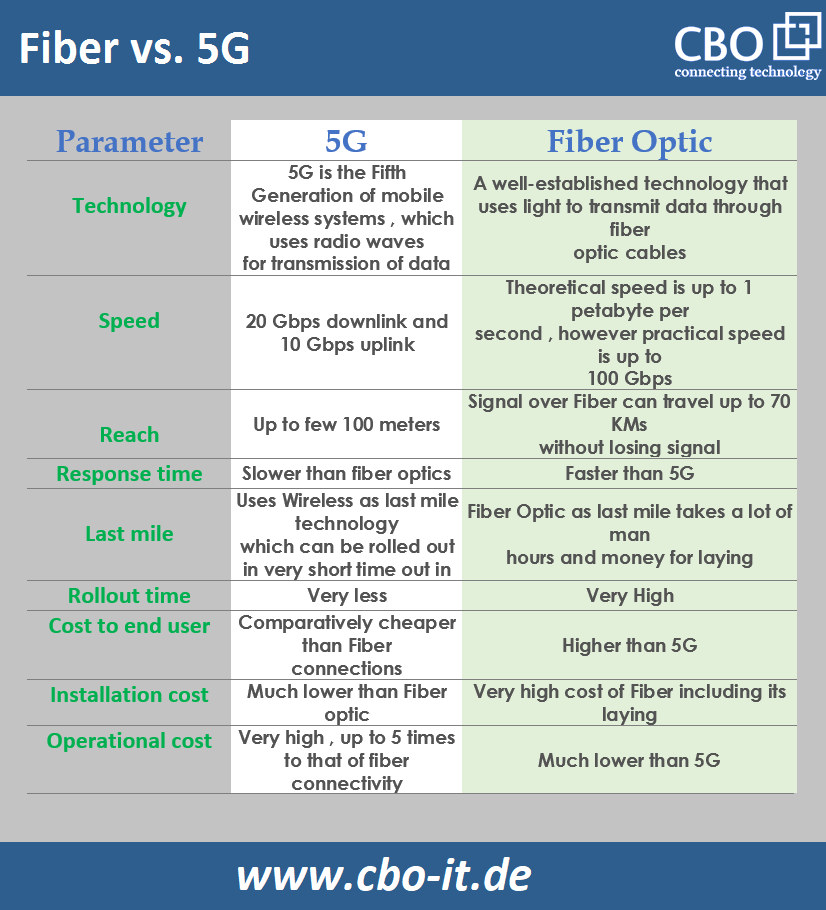Many IoT-enabled sensors and devices connect wirelessly to the hubs and other participating devices, but these devices can work even better with the relative stability and high speeds of fiber internet. Here are the obvious advantages of fiber networks over 5G and other options for smart homes equipped with connected IoT devices.
Faster connections
All devices, including IoT devices, can benefit from symmetrical download and upload speeds provided by fast fiber internet. Although many IoT devices do not require ultra-fast internet connections, this technology works best with stable, secure and consistent connections. Fiber internet provides consistent speeds, and smart home networks connected to fiber internet can be very secure.
Robust network security
Fiber optic cables do not emit signals, which makes them less susceptible to hacking and eavesdropping. The level of security offered by fiber optic cables is sufficient for small smart home installations. For business users, various encryption and monitoring systems can be integrated to ensure secure IoT automation systems. Integrating a robust commercial network firewall is also a recommended choice. With the growing impact of IoT devices on our lifestyles, it is critical to make secure choices when selecting a networking method, and fiber is one of the best options available today.
Proven reliability
Many IoT devices and associated sensors continuously measure and store data for various applications. While some devices have built-in storage to back up the measured data in the event of network failures, others have limited storage capacity. As mentioned earlier, unlike copper cables, fiber optic connections offer inherent protection against electromagnetic interference (EMI) and radio interference. In addition, fiber optic cables perform well in harsh and dynamic weather conditions. Therefore, fiber optic cables are ideal for networking IoT devices and other smart home applications.
Consistency of the transmission speed
Fiber optic cables offer the best possible network speeds, ranging from 250 to 1000 Mbps. Their symmetrical download and upload speeds make them ideal for households that use online gaming, streaming and other bandwidth-intensive applications. In comparison, traditional cable internet offers download speeds of 10 to 500 Mbps maximum and upload speeds of 5 to 50 Mbps. Although 5G is an advanced technology that offers speeds nearly twenty times faster than fiber, it is costly and complicated for consumers who want to take advantage of smart home automation and the Internet of Things.
Lower operating costs
While the initial cost of setting up a fiber network includes the labor and resources for the last mile, the maintenance costs for fiber internet are much lower compared to other network options. In addition, the ongoing service costs for fiber internet are much lower than for satellite internet or 5G.
5G vs. fiber optics in the context of the IoT

Both 5G and fiber optics are the fastest network options available. In the context of the Internet of Things, both technologies can work wonders when used together. For elements of our smart lives, such as autonomous cars and drones, we can rely on 5G as the fastest way to communicate. However, data transmission between moving and stationary objects still requires a physical communication network. Therefore, both fiber optics and 5G will play an important role in the coming IoT boom.
Conclusion:
Taking into account all the factors discussed, fiber currently offers the highest speeds, the highest reliability and the best accessibility, at least compared to 5G. While 5G infrastructure is expanding and improving, it will still take a few years before it overtakes fiber. With better security, high reliability and higher speeds compared to other available network technologies, fiber remains the best option for most households. As 5G is a wireless technology, a robust wired backbone is required for optimal operation.
 English
English
 Deutsch
Deutsch
 Espaniol
Espaniol










